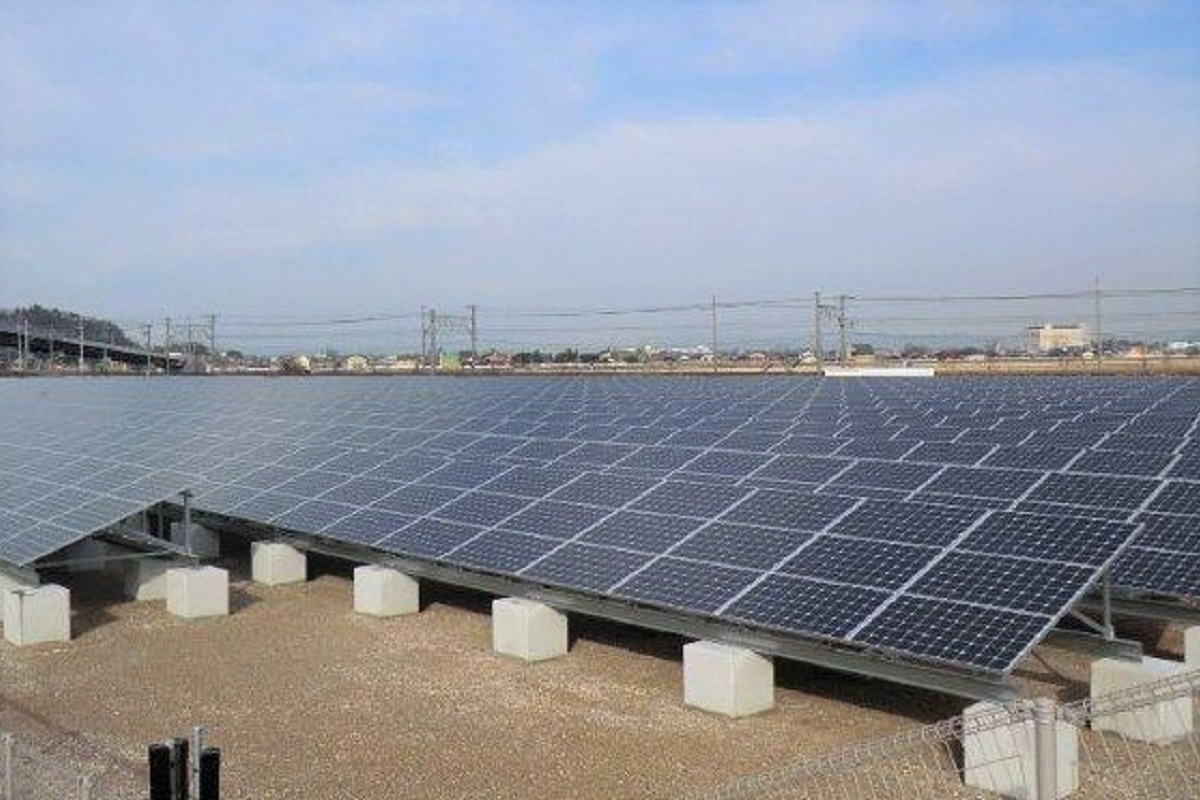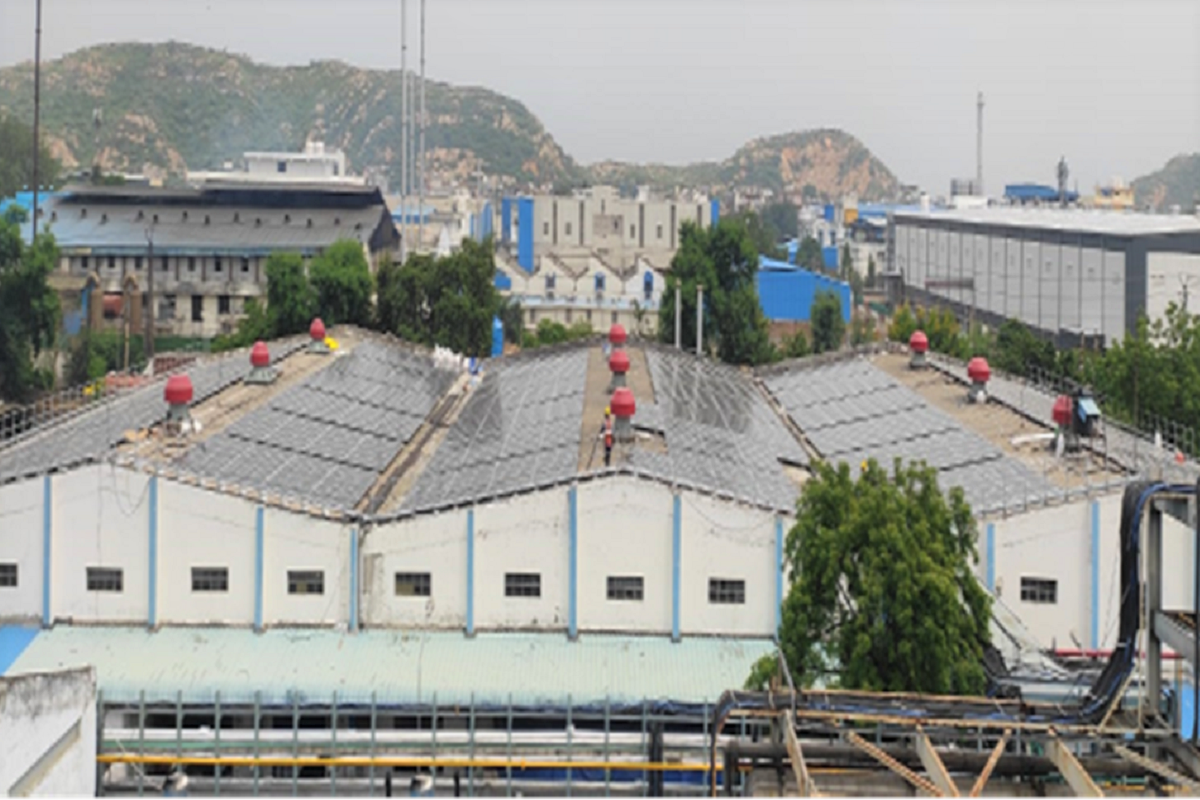Reduction of Energy Use
Our initiatives
Our CO2 emissions (Scope1 & 2) resulting from energy use in FY2023 were 9,134 t-CO2 , which represents a 26.6% reduction compared to FY2013. The carbon intensity of our plants in that year was 88 if the intensity in FY2013 is taken to be 100. We have been working even more actively to promoting production efficiency and making improvements to save energy. At our head office locations, which are not production sites, we purchased non-fossil-fuel certificates for electric power consumption in 2023. Taking this into account, CO2 emissions in FY2023 will be reduced by 28.7% on comparison with FY2013. We do not use global warming-causing chlorofluorocarbons as a raw material or in our manufacturing processes.
Energy Saving Activities
- Streamlining of production facilities
- Review of manufacturing conditions
- Review of operating time and temperature of heated warehouse
- Optimization of air conditioning temperature and efficiency improvement
- Boiler efficiency improvement
We have also calculated Scope 3 emissions in order to consider and implement the reduction of CO2 emissions in the supply chain. In addition to FY2023 data, revised FY2022 data is also included due to the revision of the scope of calculation.
In addition to FY2023 data, revised FY2022 data is also included due to the revision of the scope of calculation.
Domestic and Overseas Initiatives
We have set a target of reducing CO2 emissions (Scope 1 & 2) from our business activities by 58.8% (compared to FY2022) by FY2034 on a consolidated basis, and have launched initiatives to achieve this target. CO2 emissions from energy consumption in FY2023 were 41,394 t-CO2, constituting a 3.4% reduction in comparison with FY2022. Going forward, in order to achieve our target, we will increase use of renewable energy and reduce CO2 emissions throughout the Group, by increasing the numbers of solar panels and introducing new solar generation equipment at plants both in Japan and overseas.
Use of Renewable Energy
Solar Power Generation (for Internal Use)
Combining the No.1 power plant on the west side of the site and the No.2 power plant on the roof of the warehouse building, the solar power plants at our Shiga Plant generate around 2 million kWh of electricity per year (equivalent to the electric power consumption of approximately 550 households), and use the FIT (Feed-in Tariff) system for renewable energy. As of the end of 2023, we have also installed a 63 kWh solar power generation system in the administration building, to reduce electricity consumption through power generation for internal use. We are also participating in Maibara City's ECO VILLAGE Concept, and are planning to lease land and use solar power generated on it. Our Tokyo Plant uses 30 kWh of power from solar power, and our Osaka Plant will install new solar panels in 2024, with a capacity of 40 kWh. Overseas, the introduction of solar panels is progressing at our Bhiwadi (due to start operation in 2023) and Panori (2024) sites in India, and at Homewood in the United States (2024), with the whole Group working to reduce CO2 emissions.
Purchasing Electricity from Renewable Sources
From 2024, we plan to switch electric power used at all of our plants to renewable energy-derived power options.



